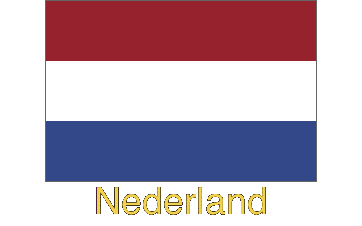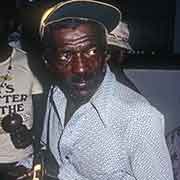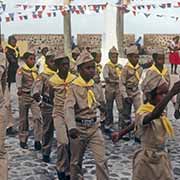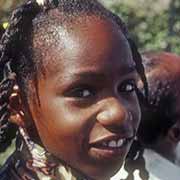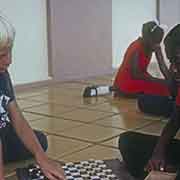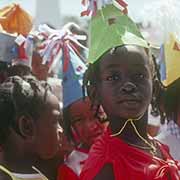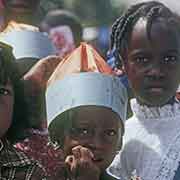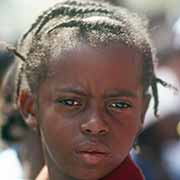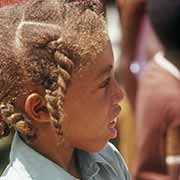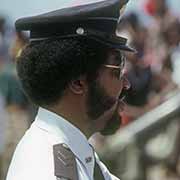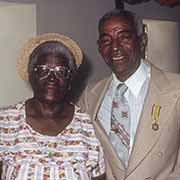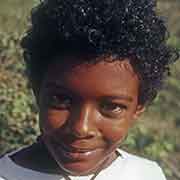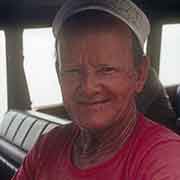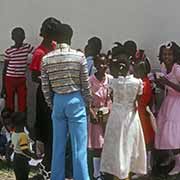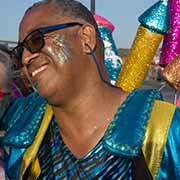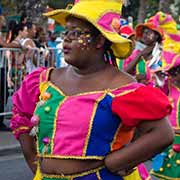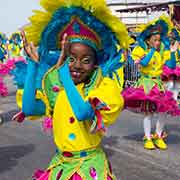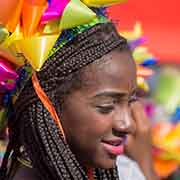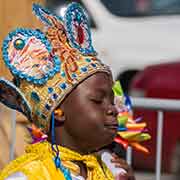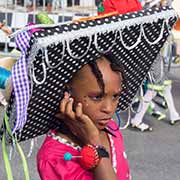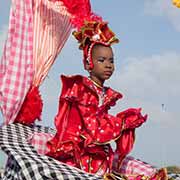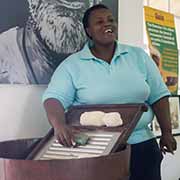Photos of People of the Antilles, Dutch Caribbean
People of the Antilles
The majority of people in the islands are of African or part-African descent due to the slave trade when people from West Africa were transported to work on plantations in the Caribbean. Sint Eustatius, Aruba and Curaçao were hubs of the slave trade and slavery was only abolished in 1862. The descendants of those enslaved people form the majority of the present population.
you may then send it as a postcard if you wish.
On the island of Saba, the people are mostly descended from a small number of families whose ancestry is a mixture of Dutch, English, African, Scottish and Irish, resulting in a predominantly white population. The language spoken on the “SSS islands”, Sint Eustatius, Saba and Sint Maarten, is English, although, informally, they converse in an English-based creole similar to Virgin Islands-creole.
The majority of Arubans and Curaçaoans are of African or part-African descent. Although Dutch is the language for all administration and legal matters, the most widely spoken language is Papiamento (in Aruba) or Papiamentu (in Curaçao and Bonaire), a Portuguese creole with African, Dutch and Spanish influences. It is spoken in all levels of society and in 1993 was introduced as a language of primary school education. In Bonaire, some of the current inhabitants still show traces of Bonaire’s indigenous Caquetio Arawak population; but mostly, they are of mixed African and European ancestry.


